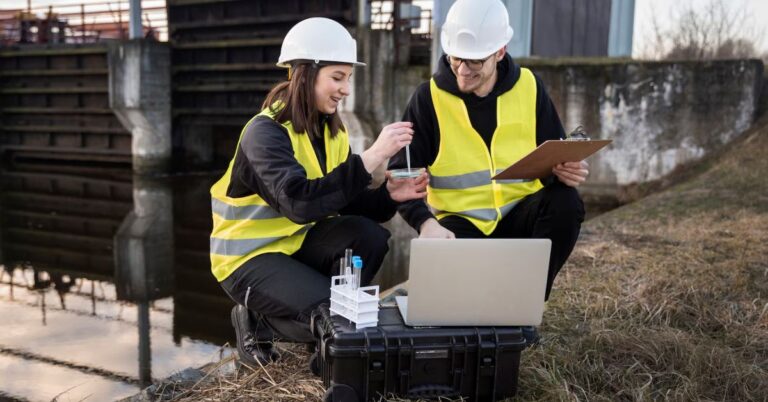As we move deeper into the Australian business market, the Risk Management tools, operations, and the traditional approaches such as maintaining a Risk Register are changing too. The Risk Register is no longer just a list of potential issues; it is a proactive tool that plans and innovates. In particular, the application of new technologies such as dust monitoring is changing the way organizations protect their operations and the surrounding environment.
The Role of Risk Registers in A Risky Environment
Like most risk registers , these were treated as a passive files- places to store risks and nothing beyond that. However, there are some Australian businesses that opt to turn these registers into active documents that inspire improvement them. Risk registers must not only be integrated into assertiona, but should be included into all day-to-day functions of a business. Rather than using a checklist, managers and fronltine staff will use these interactive dashboards where they can track real issues inflating in real-time.
This approach is critical for sectors that have higher amounts of environment and workplace risk. Risk registers are no longer just an inventory of problems; Australian companies are using them as a means to capture, prioritize, strategize, allocate, and intervene. This developing trend proves that a business can incorporate measurement, risk, and exposure and still remain proactive and agile to competive and unpredicted business challenges.
Dust Monitoring: A New Approach to Risk Management
In most industrial settings, dust is often considered a low risk. However, the actual impact it has on health, safety, and environmental compliance is startling. Though risk assessments previously acknowledged dust as a hazard, new technologies in dust surveillance are rewriting the story. Dust monitoring is now considered to be an essential element of the overall risk management strategy in Australia, since mining, manufacturing, and construction are all central to its economy.
The Integrated dust management system allows for continuous checking of particulate matter to ensure safe levels are always maintained. The data is compiled and logged in real-time which enables more precise and proactive risk measurement. Companies manage the immediate threats caused by dust exposure while also being able to analyze their processes over longer time frames to identify any underlying trends or troubles that are systemic in nature.
Using Information to Plan Ahead
Combining risk registers with dust tracking systems is a key step toward risk management automation. New Sensors and Analytical Platforms provide companies with advanced capabilities to gather and analyze large quantities of environmental data, allowing businesses to detect patterns and anticipate risks. The captured environmental information literally turns the risk registers from a mere record of risks into a predictive analytics tool.
Companies in Australia are beginning to adopt software applications that automatically change an organization’s risk register as fresh information is monitored and received. For instance, when the dust concentration in a particular region surpasses set levels, the system can generate and send out alarms to help initiate, take appropriate action as quickly as possible. This enables the organization to reduce costs associated with health issues while adhering to strict environmental standards. It also prepares and empowers safety managers to consistently apply the information required to improve risk management practices.
Building a Resilient Future
The integration of state-of-the-art dust monitoring with risk registers is yet another representation of the Australian industry’s efforts towards becoming more adaptive and resilient. By incorporating these changes, organizations are not just mitigating risks; they are fundamentally changing for the better. The risk register becomes a central part of organizational strategy as it determines the direction of expenditure on technologies, training, and processes.
This change is more important for Australia given that the country’s natural and regulatory environment requires businesses to have sophisticated risk management systems in place. Companies are starting to appreciate that risk registers can actually be strategic advantages as they guarantee not just the protection of the firm’s workforce, but also the sustainable business operations in a difficult environment.
The Most Important Step
With the evolution of industry in Australia comes the increased adoption of modern monitoring systems in fusion with traditional risk management practices. The ability to utilize risk registers enhanced with continuous dust monitoring data provides a good example for determining how agile and resilient organizations can be.
In the future, even more advanced sensor networks, AI-powered analytics, and real-time collaboration tools that improve the utility of risk registers may be developed. In this era of risk management, those companies willing to accept these changes stand a greater chance of foreseeing issues, safeguarding personnel, meeting ecological obligations, and achieving operational excellence all at the same time.
To conclude, the integration of sophisticated dust monitoring into the fluid structure of a risk register is one of its most defining features along with equipment compliance documentation, marking a new premise in risk management for Australian companies. This fresh optic is about going beyond mere compliance; it is about enabling risk management to become a strategic pivot that nurtures agility, innovation, and enduring success in the context of constant change.

